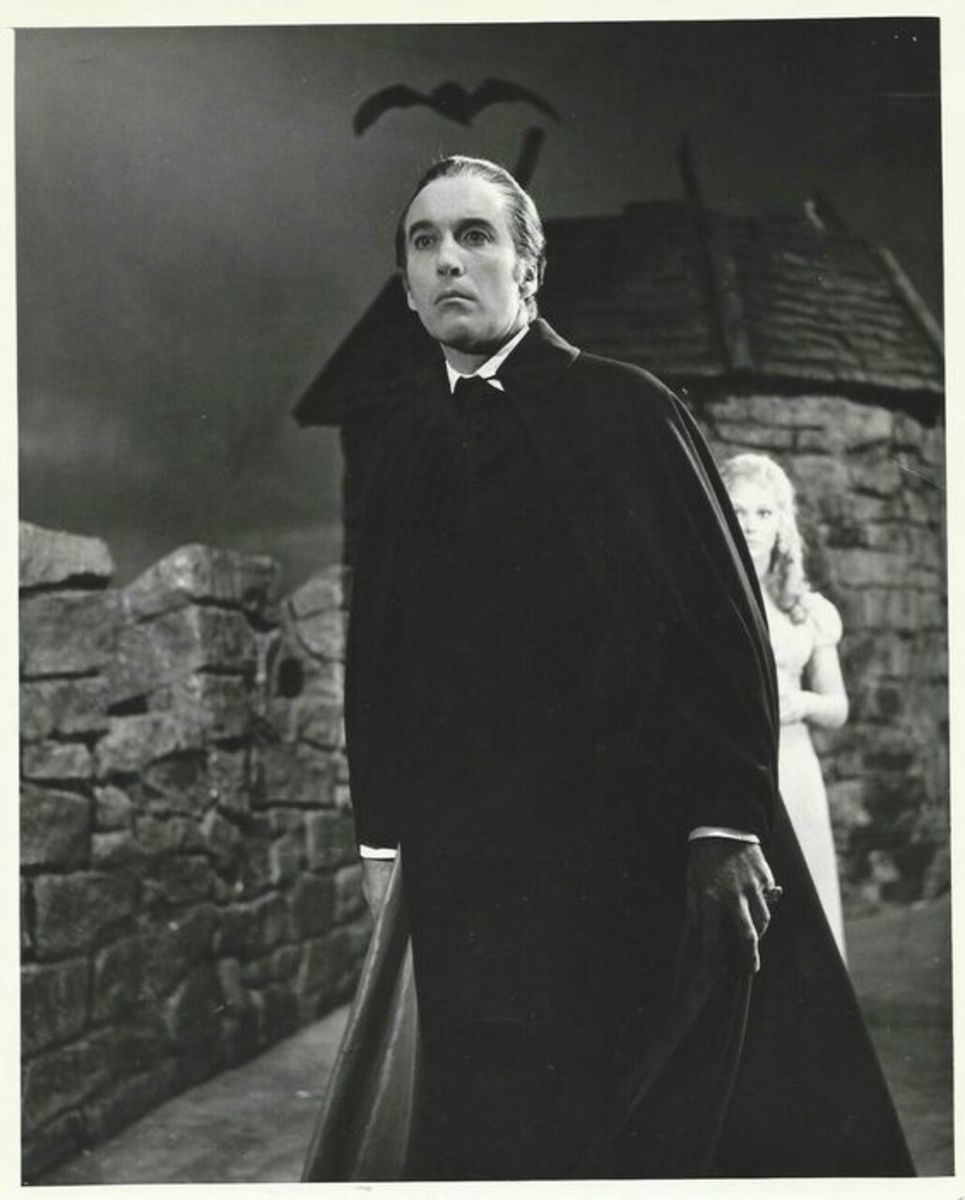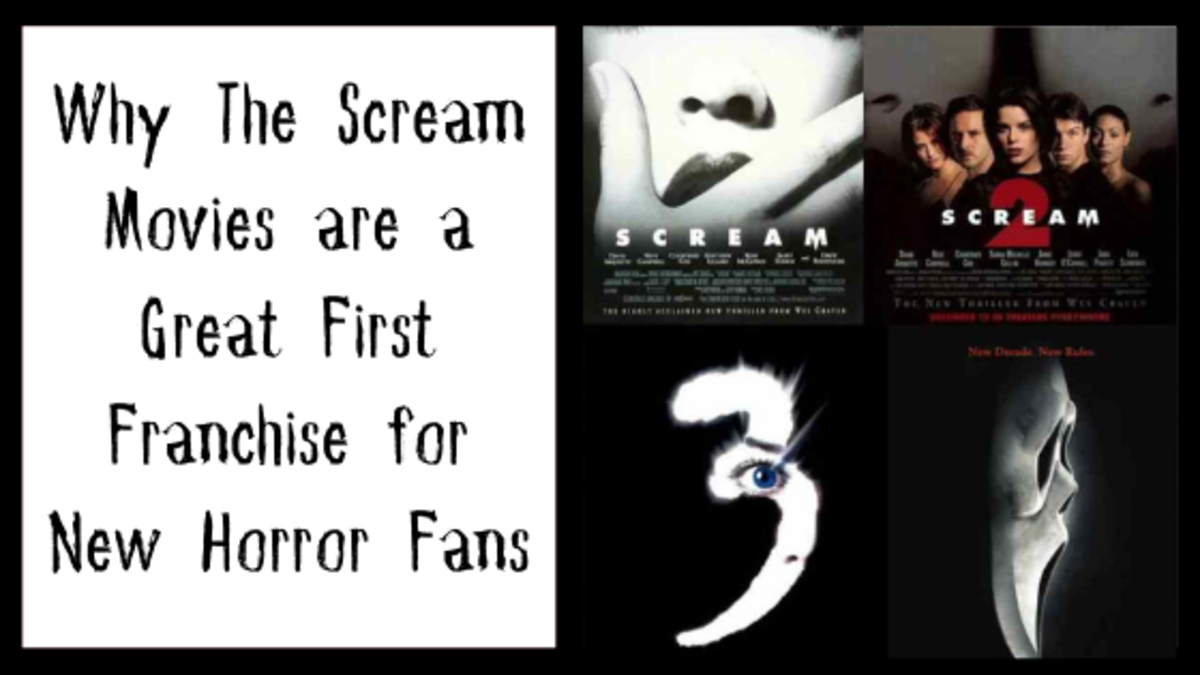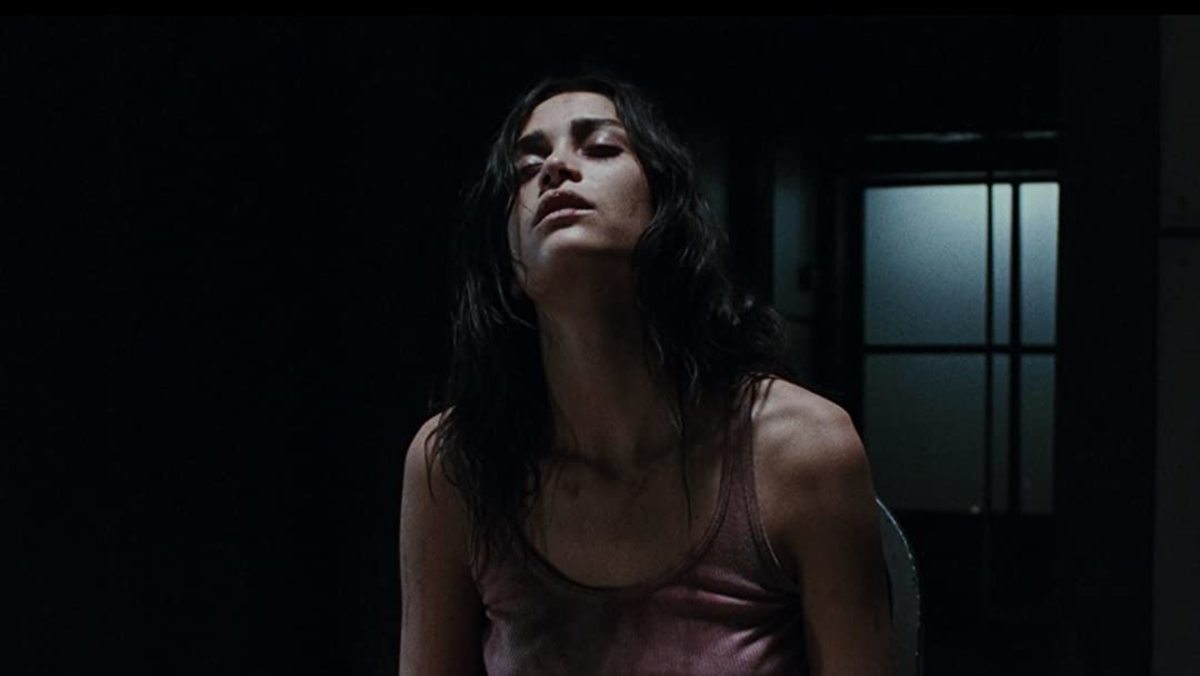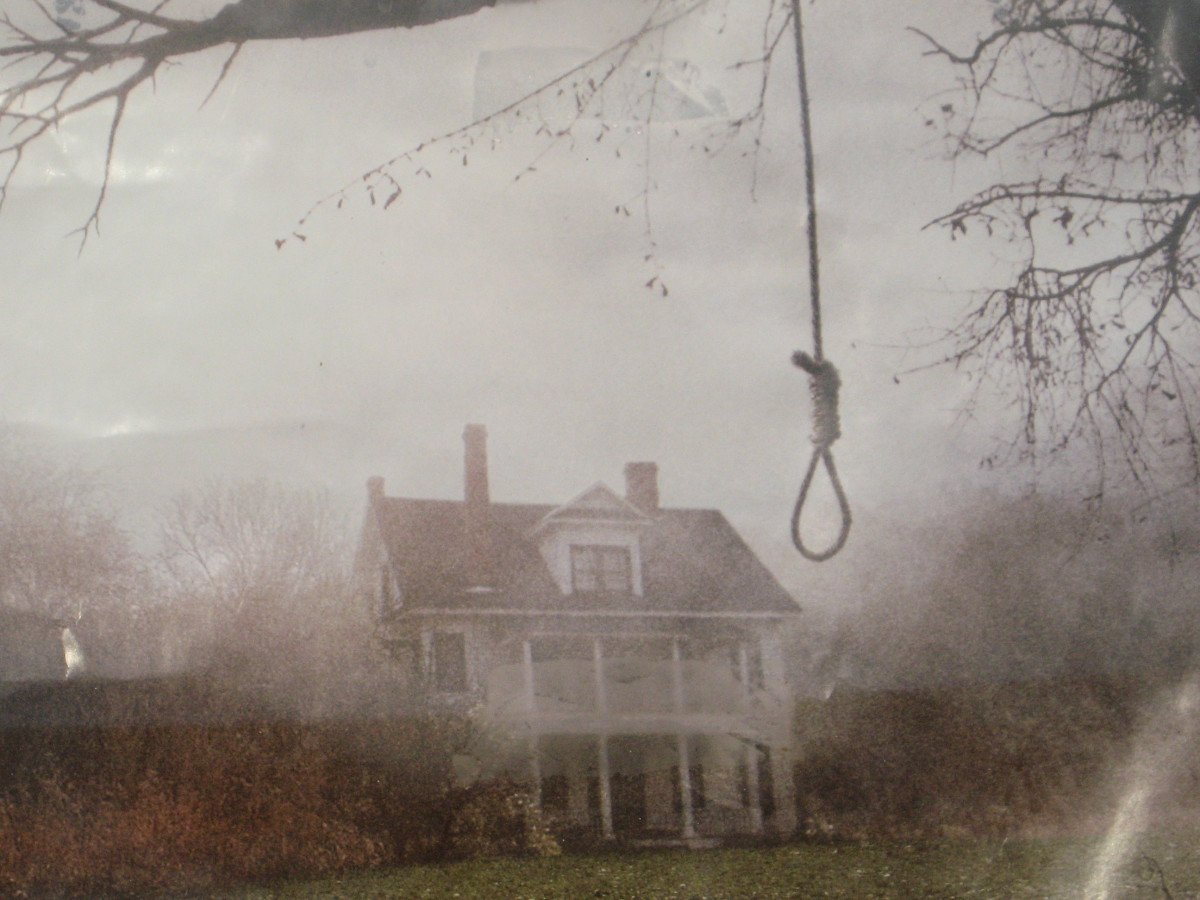What Is Hammer Horror?
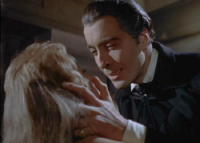
In 1957, The Curse of Frankenstein presented movie audiences with Mary Shelley's classic horror tale in vivid color for the first time. Severed heads and spattered blood satisfied the cinema-going public's new appetite for gore and spawned a new era in horror that lasted until the early 1970s.
The film was the first truly Gothic horror by the small British studio Hammer Films, a company founded in 1935, which had experienced modest success with low-budget adaptations of TV and radio serials such as Dick Barton and The Quatermass Xperiment. It was to find its niche with the classic movie monsters, such as Dracula, Frankenstein and the Mummy.
The Curse of Frankenstein starred Peter Cushing as Baron Frankenstein and the then-unknown Christopher Lee as his Creature, and was quickly followed by another film featuring the same pairing. Dracula (1958, known in the US as Horror of Dracula) turned the old-style vampire on its head, with a handsome, suave and seductive Count Dracula in palatial surroundings to replace Bela Lugosi's creepy ghoul in a cobwebbed castle.
Over the next few years, Hammer used Lee and Cushing time and again, along with a host of other stars, such as Barbara Shelley, Hazel Court and Oliver Reed. Early successes included The Hound of the Baskervilles (1959), The Curse of the Werewolf (1960) and a host of sequels in the Dracula and Frankenstein series. The 1960s also saw a steady stream of psychological thrillers, stylishly filmed in black-and-white and featuring Psycho-like twists. The studio also tried its hand at some original monster stories, with films such as The Gorgon (1964), The Reptile (1965) and The Plague of the Zombies (1965).
By the 1970s, the films were becoming more bloody and more sexually graphic, with bare breasts a regular sight. The Vampire Lovers (1970) and its inferior sequel, Lust for a Vampire (1971), were to experiment with lesbianism and new heights in nudity. The former propelled Polish-born actress Ingrid Pitt to stardom, and her name was to become indelibly associated with Hammer horror.
The '70s saw an unfortunate decline as Hammer struggled to compete with the style of horror seen in hits such as The Exorcist (1973). Its falling fortunes eventually led to ruin, and the studio produced its last horror film, To the Devil a Daughter, in 1976. The 1980s saw two short-lived TV series, Hammer House of Horror and Hammer House of Mystery and Suspense.
Ironically, the term "Hammer horror" has come to be associated with the worst elements of the company's later output. Cheap-looking sets, gratuitous nudity, rubber bats and poor scripts characterized a handful of Hammer's '70s films, such as The Scars of Dracula (1970) and Lust for a Vampire (1971), but they do not represent its prolific '50s and '60s output, which boasted remarkable production values, despite the low budgets.
The term has also become a misnomer routinely applied to British horror films that weren't made by Hammer at all. Horror anthologies such as Doctor Terror's House of Horrors (1965) and The House That Dripped Blood (1970), made by rival studio Amicus, are typical of those films casually dropped into the "Hammer horror" category. The Wicker Man (1973)--a true classic and nowadays a cult favorite--also tends to get the Hammer label, no doubt due to the presence of Christopher Lee and Ingrid Pitt.
The company never officially ceased to exist, and rumors of a comeback have persisted throughout the last few decades. Tales of a resurrection finally bore fruit in 2010, when Hammer Films released its first feature in over three decades. Let Me In, an English-language remake of the Swedish vampire film Let the Right One In (2008) has been a deserved box office success, and has been fondly received by fans of vintage Hammer.
Former Harry Potter star Daniel Radcliffe will star in The Woman in White, a new screen adaptation of the Victorian Gothic ghost story by Wilkie Collins, due for release in 2011. After years of speculation, the studio that dripped blood has finally risen from the grave.

